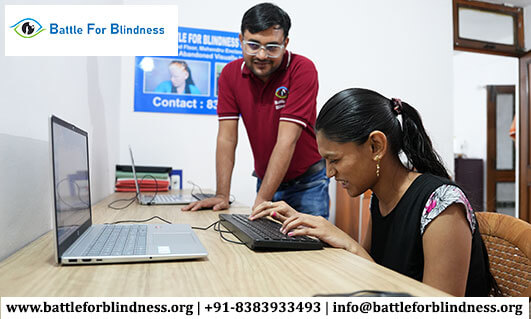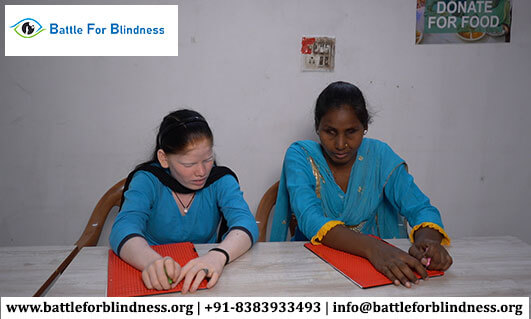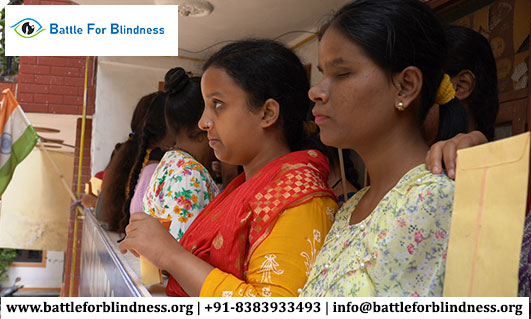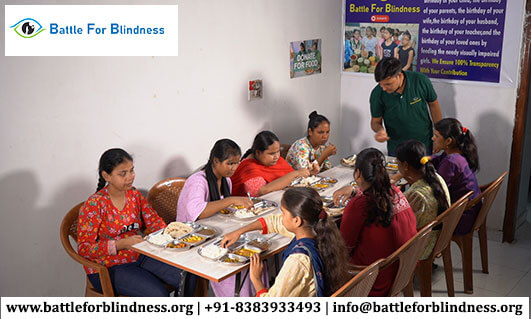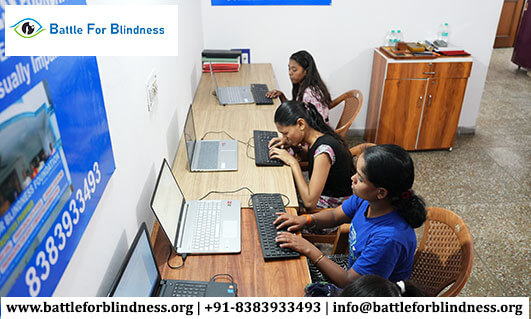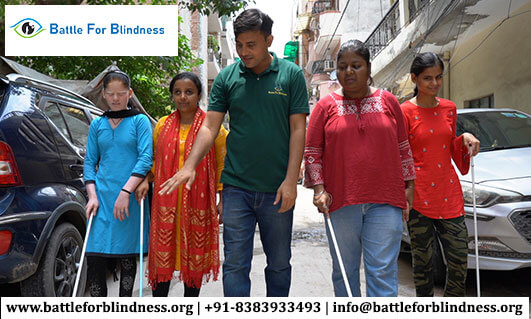
In today’s fast-paced digital world, accessibility is not just a necessity—it’s a fundamental right. For people with visual impairments, the ability to access online resources can often feel like an insurmountable challenge. However, digital accessibility has made significant strides in recent years, offering new opportunities for empowerment and inclusion. This guide provides insights into how digital platforms can be optimized to serve the needs of the visually challenged, ensuring that the digital divide is bridged for everyone.
What is Digital Accessibility?
Digital accessibility refers to the design and development of digital content, platforms, and tools that can be used by all individuals, including those with disabilities. For the visually impaired, this means creating websites, apps, and devices that can be easily navigated with screen readers, voice commands, and other assistive technologies. It’s not just about compliance with laws like the Americans with Disabilities Act (ADA) or the Web Content Accessibility Guidelines (WCAG)—it’s about promoting equal opportunities for everyone to interact with the digital world.
Why is Digital Accessibility Important for the Visually Challenged?
Inclusion is at the heart of digital accessibility. For individuals who are blind or have low vision, the digital landscape can sometimes be a barrier to vital services, education, and social interaction. The lack of accessible websites and applications limits their ability to participate fully in everyday life. For instance, visually impaired users often rely on screen readers to convert text to speech, yet many websites are not designed to accommodate these tools.
By enhancing digital accessibility, we not only adhere to ethical standards of equality but also enrich the online experience for millions of visually challenged individuals. Accessibility improves their ability to:
- Access information: From news to healthcare resources, the internet provides endless information that should be accessible to everyone.
- Communicate effectively: Social media platforms, email, and messaging apps can be used by visually impaired people if they are optimized for accessibility.
- Achieve independence: With accessible websites, individuals with visual impairments can perform everyday tasks like shopping, banking, and booking travel independently.
Key Digital Accessibility Features for the Visually Impaired
Creating an accessible digital environment requires adopting best practices and guidelines to make digital spaces usable for the visually challenged. Here are some crucial accessibility features:
1. Screen Reader Compatibility
Screen readers are essential tools for visually impaired individuals. Websites should be compatible with popular screen readers like JAWS, NVDA, and VoiceOver. This includes ensuring proper HTML structure, alt text for images, and properly labeled form fields.
2. Text-to-Speech and Speech Recognition Tools
Integration of text-to-speech tools allows visually impaired users to hear the content of a website, document, or app. Speech recognition technology, like Dragon NaturallySpeaking, allows users to interact with devices and websites through voice commands.
3. Keyboard Navigation
For users who cannot rely on a mouse, keyboard navigation is vital. Ensuring that all interactive elements (buttons, forms, etc.) can be accessed and operated using only the keyboard is essential for accessibility.
4. High Contrast and Customizable Fonts
High-contrast color schemes and customizable font sizes are crucial for users with low vision. Offering themes that allow users to adjust text and background colors or zoom in on content is a simple yet effective way to enhance accessibility.
5. Accessible Videos and Multimedia
For visually impaired users, multimedia content such as videos should include audio descriptions, which narrate the visual elements of the content. Offering transcriptions of audio files ensures that those who cannot see or hear can still engage with the material.
Tools and Technologies Empowering the Visually Challenged
Several innovative tools and technologies have made digital spaces more accessible for the visually challenged. Here are a few:
- Voice Assistants: Virtual assistants like Google Assistant, Amazon Alexa, and Siri have made it easier for visually impaired individuals to interact with their devices hands-free.
- Braille Displays: These tactile devices convert digital text into Braille, providing real-time feedback for users.
- Magnification Software: Programs like ZoomText help users with low vision by magnifying text and images on the screen.
- Accessibility Testing Tools: Tools such as WAVE and Axe help developers evaluate the accessibility of websites and apps, ensuring that they meet required standards.
Overcoming Challenges in Digital Accessibility
Despite the progress, challenges remain. Many digital platforms, particularly in developing countries, lack the resources to make their websites fully accessible. Also, not all businesses understand the importance of accessibility or are willing to invest in the necessary tools.
To overcome these obstacles, it’s crucial for businesses, web developers, and policymakers to prioritize accessibility by:
- Regularly conducting accessibility audits
- Educating teams on inclusive design principles
- Implementing universal design practices
The Role of Advocacy and Awareness
Advocacy groups for the visually impaired, such as The American Foundation for the Blind (AFB) and World Blind Union (WBU), have been instrumental in raising awareness about the need for digital accessibility. Collaboration with these organizations can help policymakers understand the barriers that visually impaired individuals face in the digital space and create more inclusive policies.
Future of Digital Accessibility for the Visually Challenged
As technology evolves, so too will the tools and resources available to visually impaired individuals. The future of digital accessibility is exciting, with advancements in artificial intelligence (AI), augmented reality (AR), and machine learning (ML) driving innovation. These technologies promise to make digital experiences even more intuitive and accessible.
Conclusion
Digital accessibility is not just a technical requirement—it’s an essential part of empowering individuals with visual impairments to participate fully in society. By following accessibility best practices and utilizing innovative tools, we can ensure that the internet remains an inclusive and empowering space for everyone. With continued collaboration, education, and advocacy, the digital world will be a more accessible and empowering place for visually challenged individuals.
